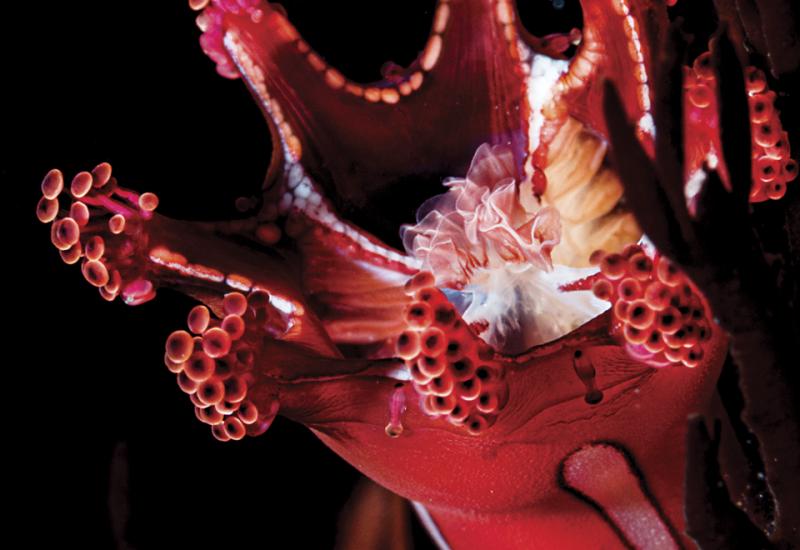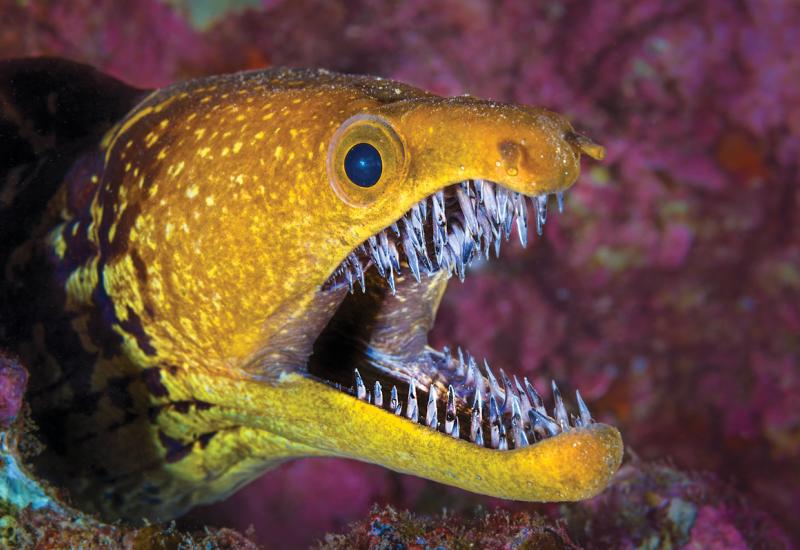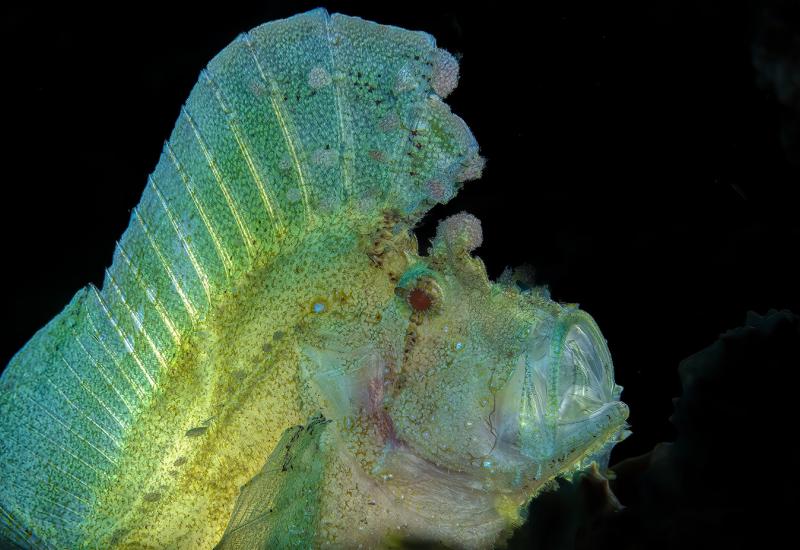Tips for Finding Macro Critters
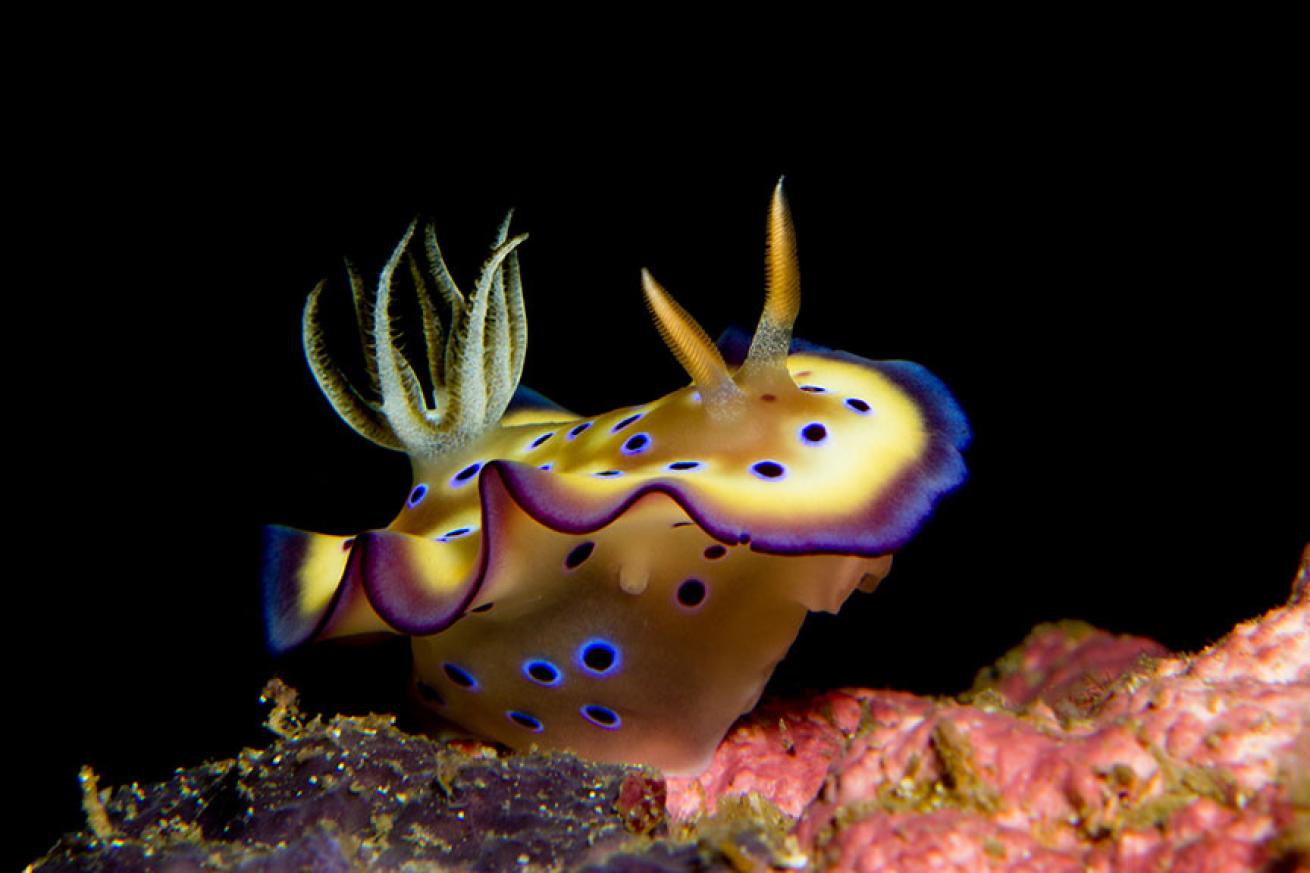
ShutterstockThe Chromodoris kuniei nudibranch is found in the tropical western Pacific Ocean.
Want to find the smallest denizens in the ocean? You’ll need patience, luck and a good eye. Here are some tips to remember the next time you’re looking for something that’s often smaller than a quarter!
Dive with a Local: A good dive guide knows where the local marine life makes their home.
Go Slow: Speeding around the reef scares away shy critters, and doesn’t allow you to search for telltale signs of a small animal, such as a pair of tiny bright eyes or waving antennae.
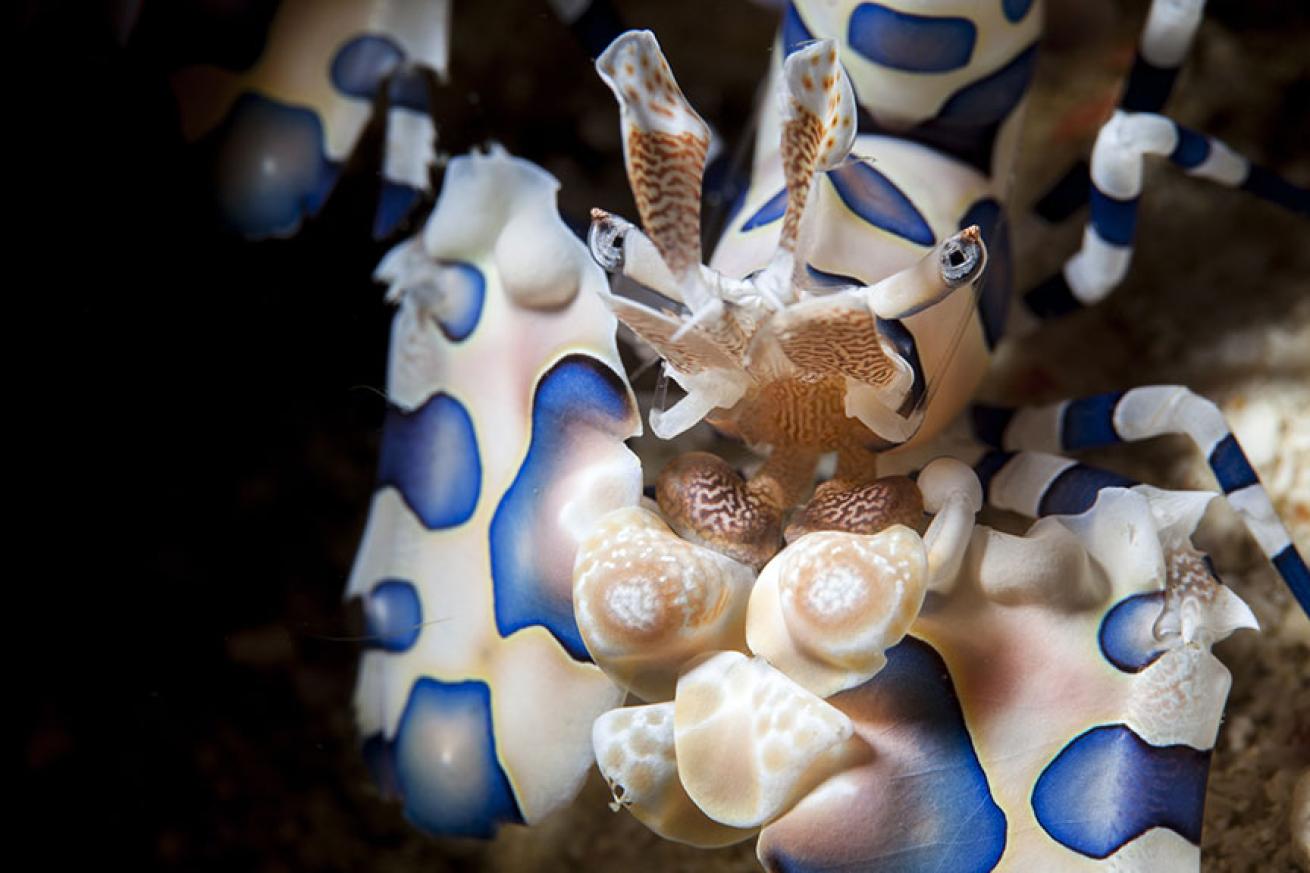
ShutterstockHarlequin shrimp (Hymenocera picta) reach about 2 inches in length.
Get Close: Think you’re close enough to your subject? As many dive guides say, get even closer.
Watch Your Buoyancy: Some environments that are perfect for small creatures are in mucky habitats with fine sand or silt. If you kick the bottom, you’ll muddy the water clarity.
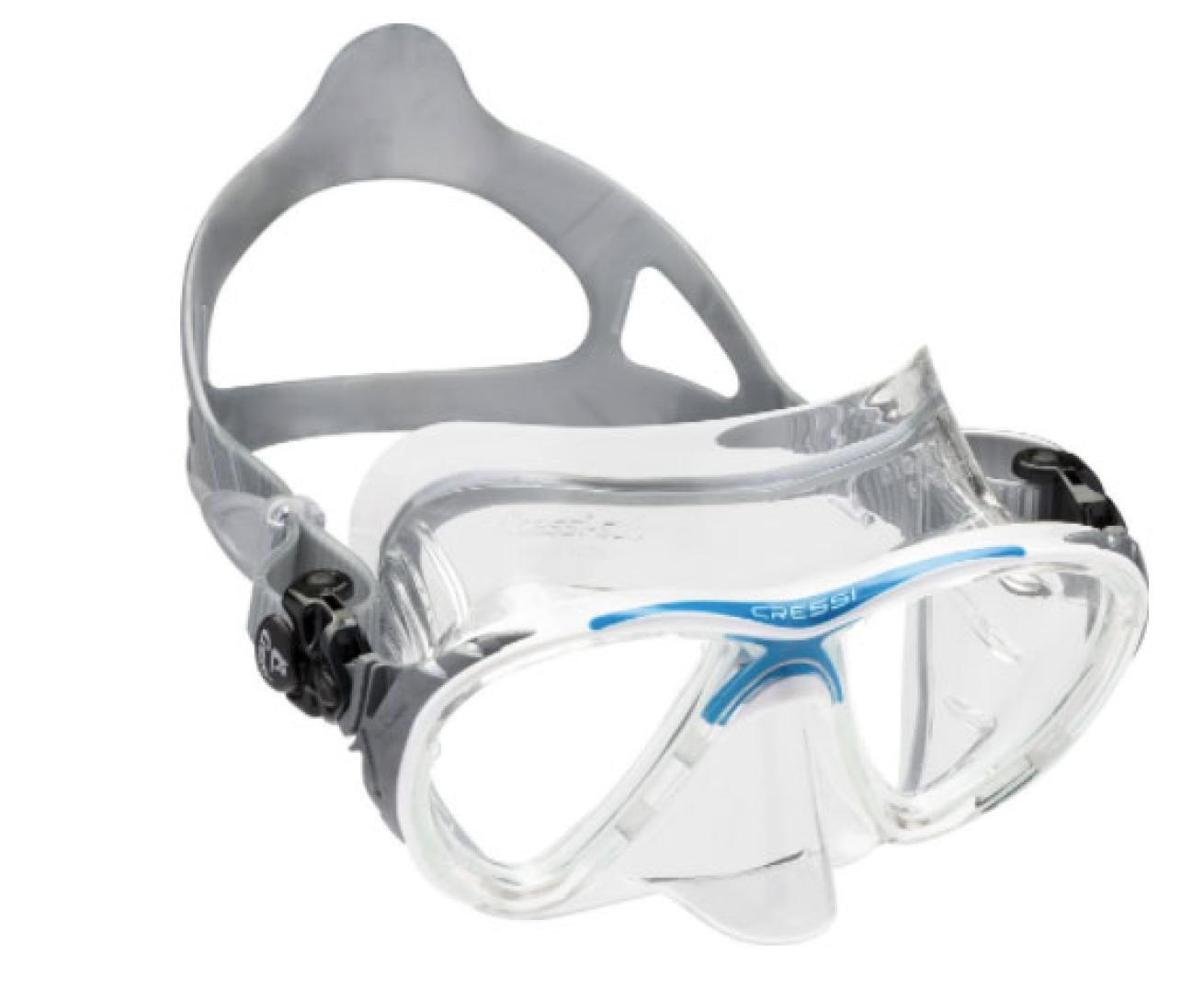
Courtesy CressiCressi's Big Eyes Evolution Crystal Mask is perfect for divers with large faces, those who like an expansive field of view and lots of light, and for divers who need prescription mask lenses.
Gear Up!
It's important to feel comfortable underwater when you're going slowly, perhaps even staying put in one place while you photograph critters like nudibranchs and shrimp. You'll definitely want a macro lens on your camera, and if you're peering into crevices, a good dive light comes in handy — just be careful not to shine a bright light into a creature's eyes. Macro animals are especially sensitive to light and to handling. Never, ever disturb or harass a small critter.
How can you be sure you've got the best "window" to the underwater habitat you're exploring? You need a good dive mask — one that doesn't leak or sit uncomfortably on your face — such as Cressi's Big Eyes Evolution Crystal. The dual-density silicone is more pliant and will not leave any marks on the diver’s skin. Our ScubaLab testers agreed, and also liked that this low-volume mask left room between the lens and the eyes. A patented inverted-drop shape has been the Big Eyes trademark for more than a decade. The buckles attach to the frame by an elastic element that can be bent sideways on a 180-degree curve, which means they can fold flat for packing. But best of all for macro critter hunters is that the lens the lens sits closer to the diver's face and gives an excellent bottom field of view — the better to read gauges and spot tiny sea life.
For more: Cressi

